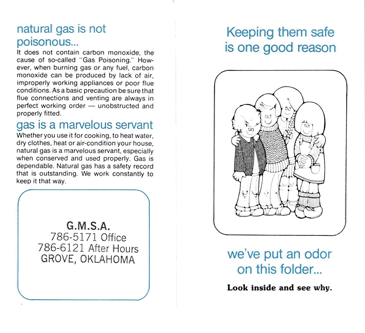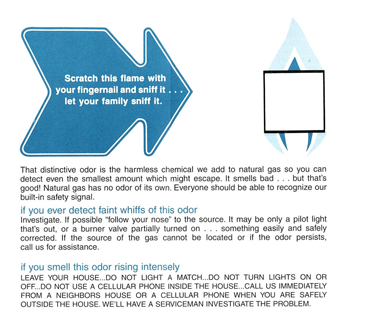What are Hazardous Materials? Why Do We Need Them?
A
Hazardous Material is any substance or material that can cause a significant risk to human health, safety or the environment when it's transported, used incorrectly, or not properly stored or contained. PHMSA issues regulations to make sure that hazardous materials are transported safely. Hazardous materials are also referred to as hazmat.

Placards must be used in the transportation of hazardous materials.
Hazardous materials are vital to the economy, because we all depend on these materials to heat our homes, provide fuel for our transportation system, and deliver chemicals to enhance food production and drugs to diagnose and treat illnesses. Over 3.1 billion tons of hazardous materials are shipped annually, equaling 28 percent of all ton miles of annual freight.


![[Header] PHMSA - U.S. Department of Transportation - Pipeline and Hazardous materials Safety Adminis](https://webarchive.library.unt.edu/web/20161031231745im_/http://www.phmsa.dot.gov/staticfiles/PHMSA/SiteHeaders/Images/PHMSASiteHeader.gif)





